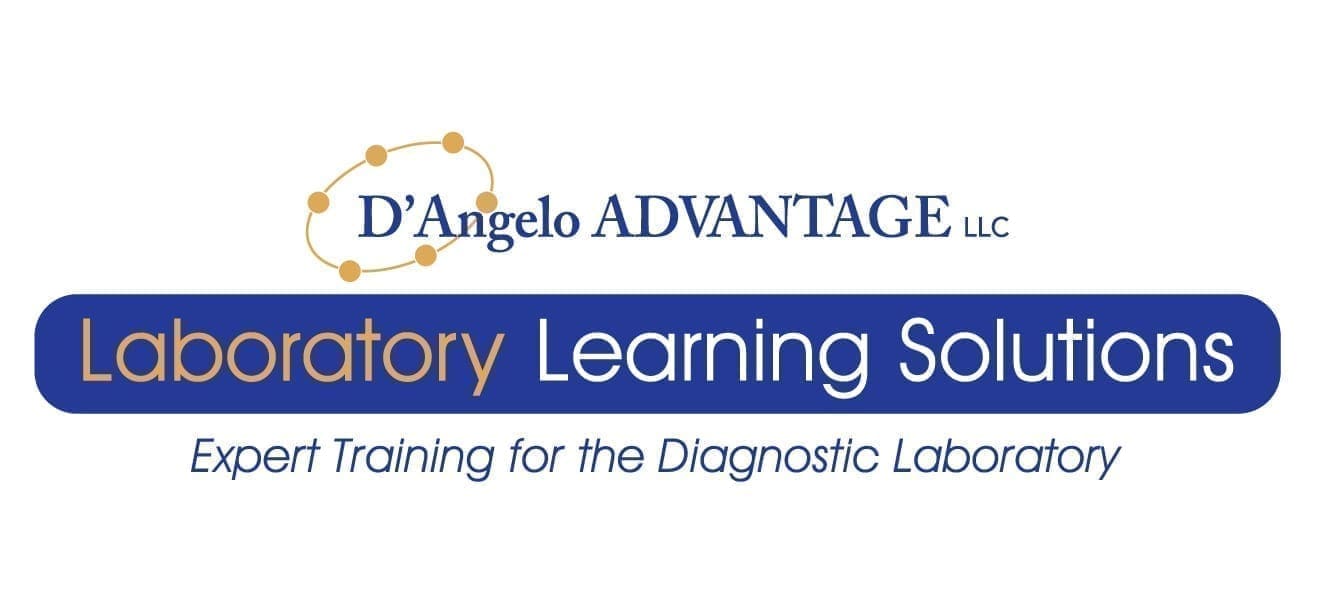Lean Six Sigma Green Belt for Laboratories

Price: 1295.00
Description
37.0 Contact hours ($1,295.00). Online/work at your own pace
Welcome to Lean Six Sigma Green Belt
In this program, you will gain a comprehensive understanding of Lean and Six Sigma tools and concepts as they apply to the diagnostic laboratory. Lean Six Sigma is a data-driven, structured approach to continuous improvement, designed to eliminate inefficiencies and enhance quality.
This virtual program begins with an introduction to Lean principles, based on the Toyota Production System, followed by an in-depth study of Six Sigma and its DMAIC methodology—Define, Measure, Analyze, Improve, and Control. By applying this method, you will learn how to identify and eliminate process defects, address organizational challenges, and meet customer requirements.
Throughout this course, you will develop practical skills to:
✔ Utilize Lean and Six Sigma tools to collect and analyze data effectively
✔ Define problems and implement data-driven solutions
✔ Optimize processes to improve efficiency and quality
As a Lean Six Sigma Green Belt, you will work under the guidance of a Black Belt, playing a crucial role in process improvement initiatives. You will learn to apply quality tools, lead basic improvement projects, and actively contribute as a team member in more complex projects.

Roles of Six Sigma
As a Green Belt, you will work under the guidance of a Black Belt, applying quality tools to drive process improvement. The Six Sigma hierarchy follows a structured progression of skills, similar to martial arts:
⚪ White Belt / Yellow Belt – Introductory knowledge of Six Sigma principles
🟢 Green Belt – Intermediate expertise, capable of leading improvement projects
⚫ Black Belt – Advanced proficiency, responsible for complex projects and mentoring
🏆 Master Black Belt – Expert level, overseeing enterprise-wide Six Sigma initiatives
At the Green Belt level, you will develop a strong foundation in Lean and Six Sigma methodologies, enabling you to:
✔ Lead basic improvement projects independently
✔ Apply data-driven problem-solving techniques
✔ Collaborate as a team member on more complex projects led by a Black Belt
By advancing through the Six Sigma hierarchy, you will enhance your ability to optimize processes, reduce waste, and improve quality outcomes within your organization.
Certification
This course is designed to prepare learners for the Green Belt certification exam administered by the American Society for Quality (ASQ), aligning with the Body of Knowledge (BOK). To enhance comprehension and application, key terminology has been adapted to laboratory-specific contexts, ensuring laboratorians gain both the skills and knowledge needed for effective process improvement in a diagnostic setting.
Text Book

We will reference this text book during this course: Lean Six Sigma Pocket Guide
Curious about the earning potential for a Green Belt certification?
https://www.salary.com/research/salary/alternate/six-sigma-green-belt-salary
Virtual Group Instruction
We offer live virtual classrooms to help teams dive deeper into the lessons and apply the concepts to their real-world environment. These sessions include weekly interactions with the instructor, where teams can ask questions, share insights, and collaborate on strategies for change. Contact your instructor for details on dates and times.

This Course Includes:
- Multiple instructional video lectures
- 5 quizzes to test your understanding
- Review questions to help you prepare for the certification exam
- Reflection Point questions to promote critical thinking
- Project: Choose a current problem or use an assigned operational issue
- You’ll complete 6 assignments aimed at eliminating the problem or developing skills for future Six Sigma projects
At the end of this course, you will be able to:
- Explain the concepts, tools, and methods of Lean and Six Sigma in the context of diagnostic laboratories
- Understand the DMAIC (Define, Measure, Analyze, Improve, Control) approach to process improvement
- Identify and assess process variation
- Discuss the application of statistical analysis in process improvement
You must log in and have started this course to submit a review.

